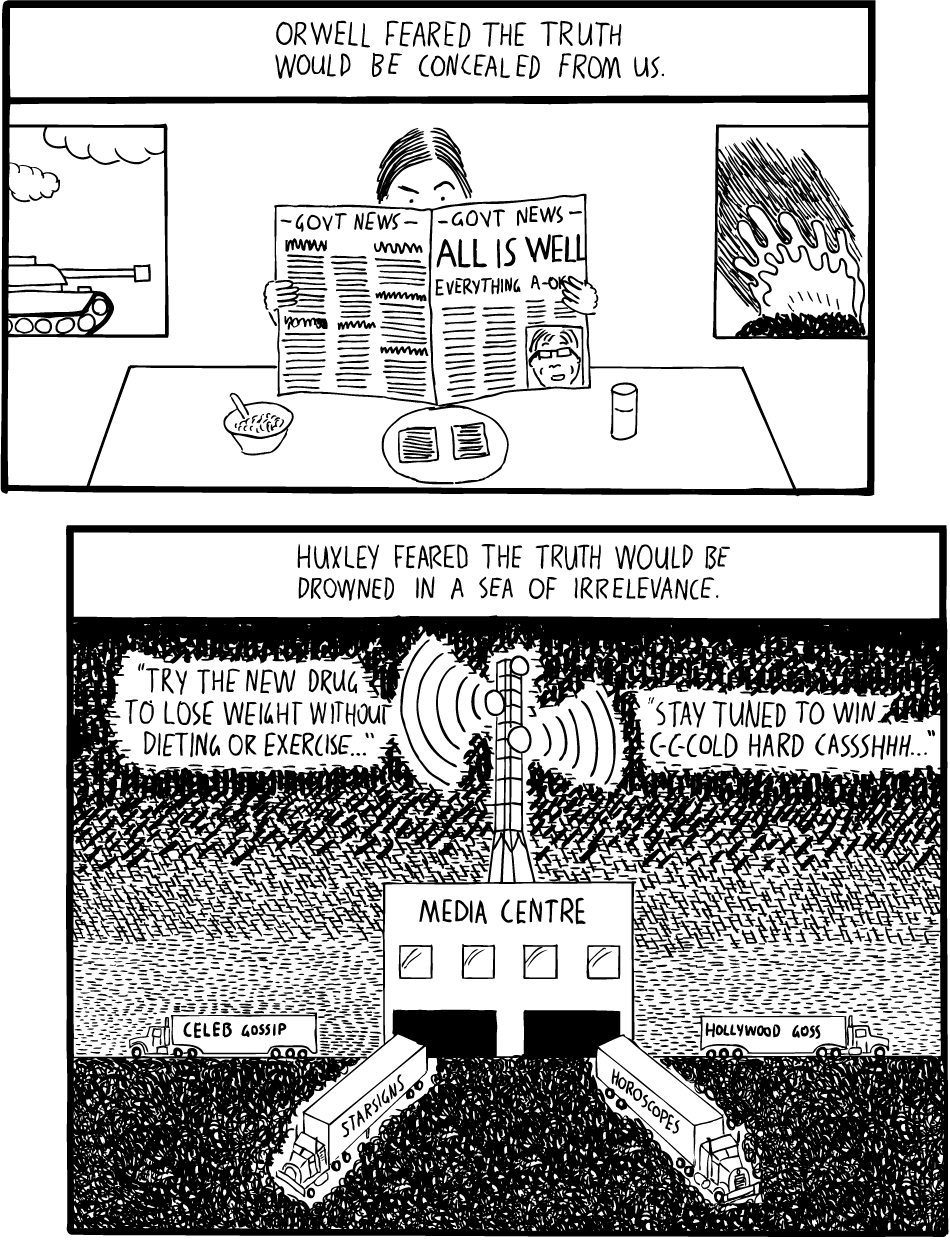 Public Relations Tactics, a monthly publication of PRSA, interviewed me and other PR veterans to solicit 2011 trends.
Public Relations Tactics, a monthly publication of PRSA, interviewed me and other PR veterans to solicit 2011 trends.
For those that don’t subscribe, here were my three published prognostications:
- The “forced transparency” birthed by WikiLeaks (and likely to be copied by many others) will cause crisis management challenges for businesses everywhere.
- Social networking crisis planning will evolve from “separate addendum pages” to more fully integrated with every aspect of crisis management.
- The importance of the crisis plan was finally understood last decade; I hope the importance of experienced crisis leaders and teams must be as widely understood in the next.
As an added bonus to my blog followers, here’s one 2011 trend that PRSA did not print:
- I think Shonda Rhimes’ new TV show (about “crisis PR”) will finally set the record straight on the real world of crisis management: spinning celebrity stories over a cellphone during wanton make-out sessions in a booth of an expensive restaurant! YEAH!
Were there any trends I may have missed? Use the comments section below, please.
Jan. 25 update: Ketchum President Rob Flaherty provides his thoughts on “The Changing Crisis Management Landscape” through this podcast done for American Airlines’ audio series called “The Executive Report.”



 When I launched this blog on
When I launched this blog on 
 If you are unfamiliar with Wednesday’s dramatic events that happened to Qantas, Austrialia’s national airline
If you are unfamiliar with Wednesday’s dramatic events that happened to Qantas, Austrialia’s national airline